If you ever wished to just get away from it all, exploring into the wilderness might be just right for you.
What you really must ask yourself though, is how far out do you really want to go? And for certain wilderness spots throughout the country, you might be surprised to see a crowd at your favorite natural attraction.
If you feel discouraged by the trail traffic found at some of our most popular parks and adventure areas, a better bet might be to explore some of the more remote areas of the country. Just be sure to not get in over your head as you plunder through these remote wildernesses, because chances are, there will be few people around to help you get out of any situation you didn’t expect to find yourself in.
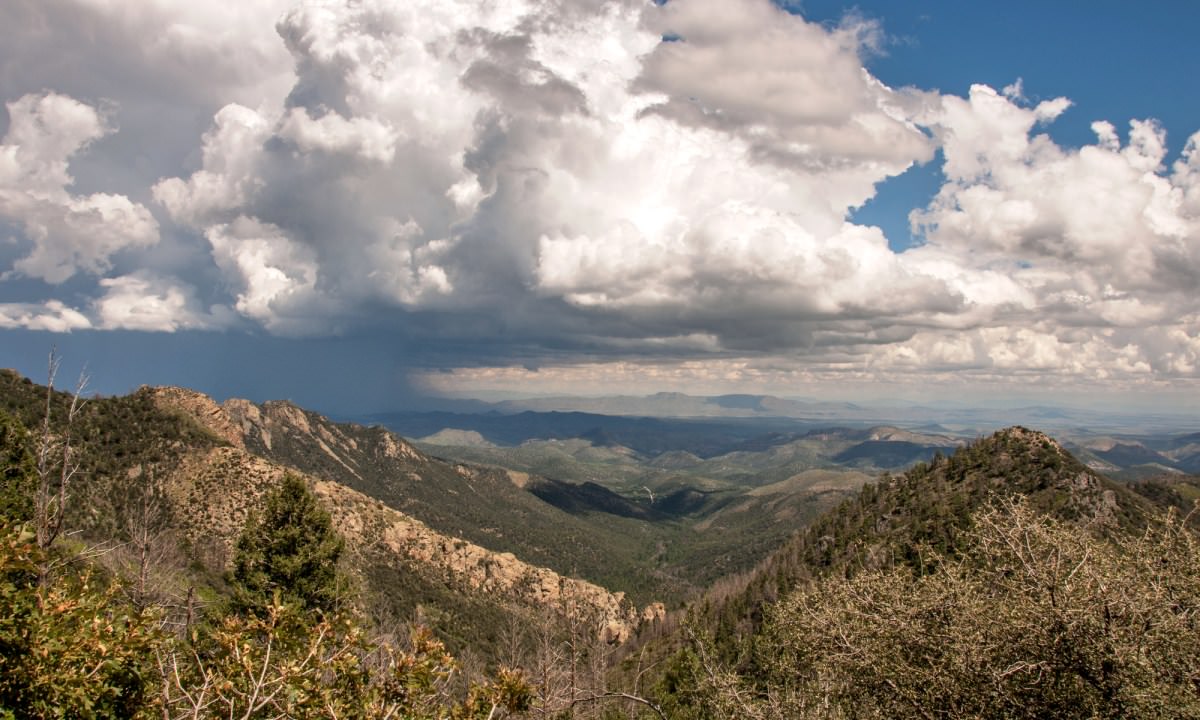 Gila National Forest, New Mexico
Gila National Forest, New Mexico
Tucked snugly onto the southwestern edge of New Mexico, the Gila National Forest is home to towering mountain peaks, deep canyons and a rugged scenery that has gone relatively untouched by the likes of man. Within Gila National Forest, there are plenty of attractions to entice day hikers and overnight trekkers alike, including the Gila Cliff Dwellings National Monument complete with ancient abodes, hot springs to explore and perhaps most notably, the Gila Wilderness—the first ever natural space to be designated as such.
Parts of Gila National Forest do see some traffic, but if you dig in deep on any number of the backpacking trails that spread throughout the area, including the cross-country Continental Divide Trail, you can find not only solitude, but also dangerous trail conditions including inclement weather, territorial wildlife and the extremes that have kept this area wild into our modern times.
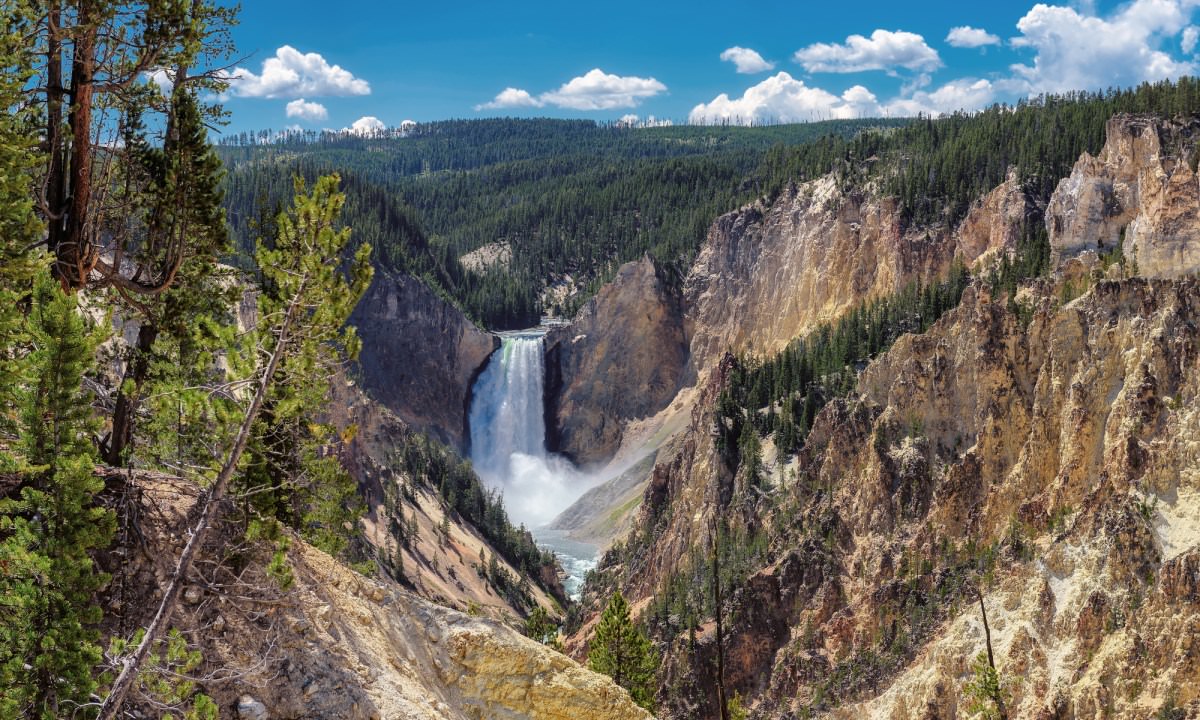 Southeast Region of Yellowstone National Park, Wyoming
Southeast Region of Yellowstone National Park, Wyoming
While Yellowstone National Park receives more than 4 million visitors a year, this massive National Park still encompasses nearly 3,500 square miles of land across three states, making it safe to say that certain areas of Yellowstone remain scarcely visited (by humans at least). No better case can be found than in the southeast region of the park, which by having areas that don’t reach a road for 20 miles, is often noted as the most remote region in the United States.
Backpacking into this true backcountry on one of the few maintained or unmaintained trails requires experience and knowledge of backcountry travel, including how to camp in grizzly territory… making expeditions into this untouched wilderness no simple bus ride to Old Faithful. Get the right group and right background, and you’ll see for yourself that Yellowstone National Park has plenty of space for you to explore on your own.
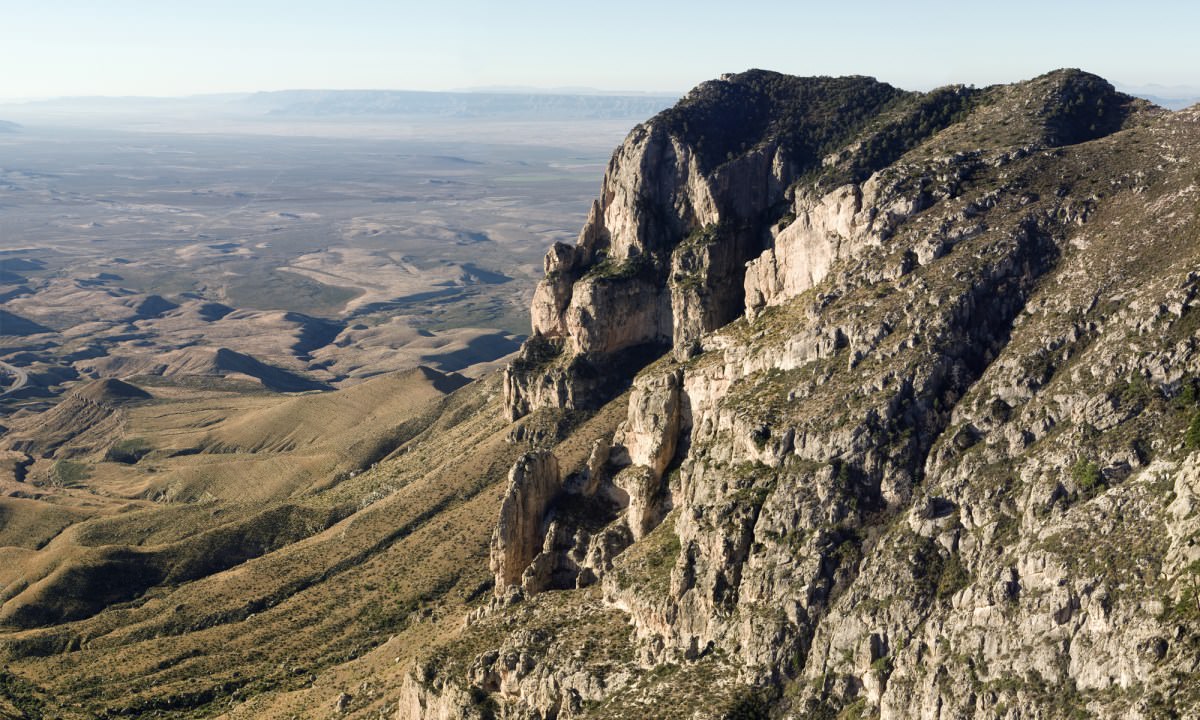 Guadalupe Mountains National Park, Texas
Guadalupe Mountains National Park, Texas
Located just east of El Paso in the rugged mountains of West Texas, Guadalupe Mountains National Park is considered by some to be the best kept secret in the National Park system, and because of the harsh conditions to contend with when traveling into this strikingly beautiful environment, even if the secret is out, chances are you’ll still have the place to yourself. Due to very limited water supplies, backpackers need to carry all their agua in, seriously limiting the amount of time you can explore the mountain ridges, canyons and open desert that defines Guadalupe Mountains National Park. A recommended exposure into this arid backcountry is through the McKittrick Canyon Loop that will leave you with stunning views of the Guadalupe Mountains ridge line, including the highest point in Texas: Guadalupe Peak.
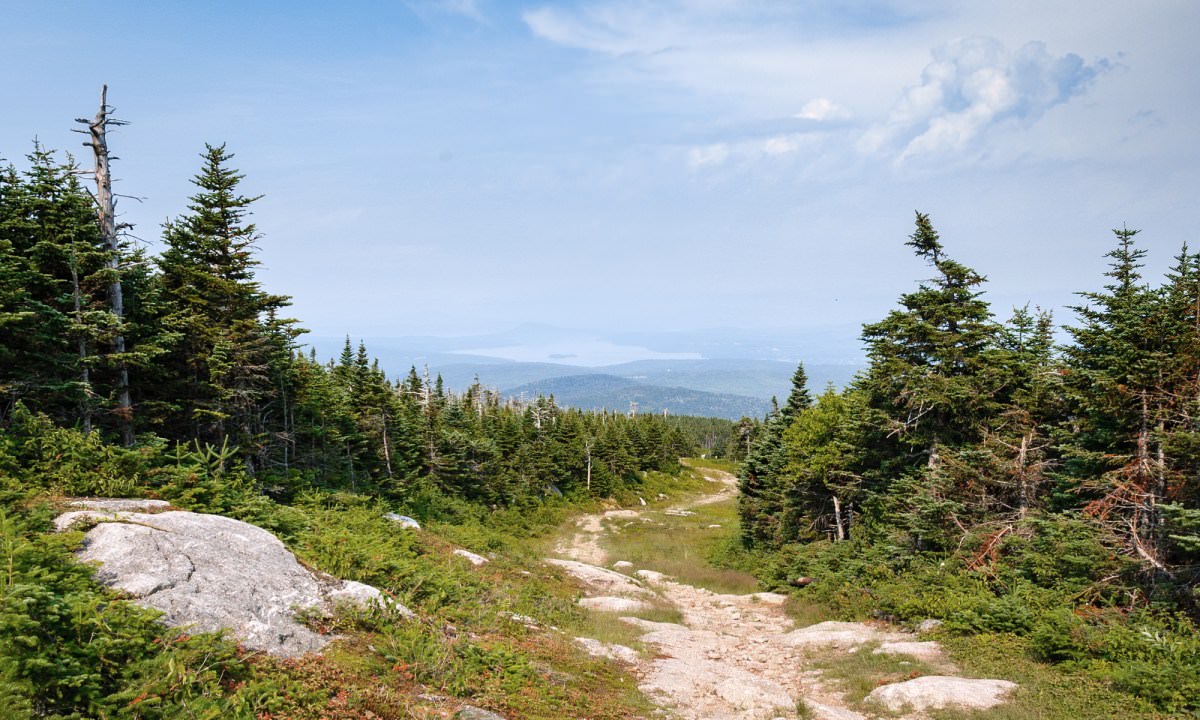 100 Mile Wilderness, Appalachian Trail, Maine
100 Mile Wilderness, Appalachian Trail, Maine
The toughest section of the Appalachian Trail (AT) can be found not far from its northern terminus in Maine, in an area accurately called the “100 Mile Wilderness." While the entirety of northern Maine is relatively remote, this section of the AT defines rugged and lends no easy access to civilization for a remarkable 100 miles. If you happen to be a thru-hiker about to complete the trail, you can probably zip through this section in about four days. But if you’re hitting it fresh, it would be wise to pack for a longer trip. Despite its remote environment, this stretch of the AT in northern Maine is worth taking your time with, to enjoy the outstanding views, forested lakes and rocky outcroppings—just be sure to know what you are getting yourself into before heading too far into the 100 Mile Wilderness.
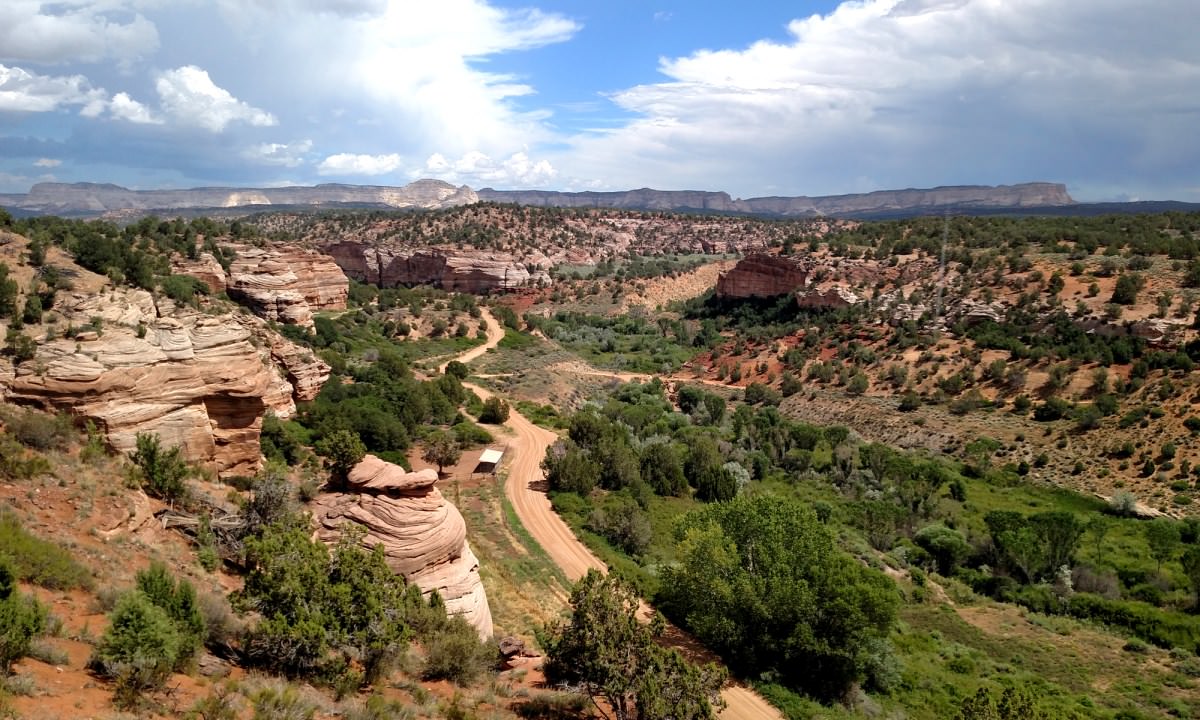 Grand Staircase Escalante National Monument, Utah
Grand Staircase Escalante National Monument, Utah
While the designation of Grand Staircase Escalante National Monument in 1996 still spurs heated conversation between law makers, community members and conservationists, something they can all agree on is that this area in southeastern Utah is unspoiled territory. Currently, Grand Staircase encompasses more than 1.9 million acres of public land displaying stunning canyons, dinosaur fossils and an untouched wilderness to explore in a space that covers more area than Utah’s five National Parks combined. This seemingly unlimited space lends to a lot of rugged adventure opportunities, including backpacking for those who can pack correctly for the harsh conditions.
 Death Valley National Park, California
Death Valley National Park, California
It should come as no surprise that Death Valley National Park is included on a list of most remote adventure areas, and the name itself doesn’t exactly attract your average weekend hikers. Don’t let the foreboding name fool you though, with the right gear for, and knowledge of, desert travel, Death Valley isn’t just a barren landscape, it’s a highlight of perseverance and stark untouched beauty. Make no mistake however, this below-sea-level basin of a National Park reaches unbelievably arid conditions that could take you out in less time than it takes to get a sunburn; and backcountry hikers typically follow canyon bottoms or desert washes as opposed to established trails, making preparation the best bet to ensure this vast wilderness doesn’t live up to its name.
 Bob Marshall Wilderness Complex, Montana
Bob Marshall Wilderness Complex, Montana
The Bob Marshall Wilderness Complex is comprised of three separate wilderness areas south of Glacier National Park in Montana: the Great Bear, Scapegoat and Bob Marshall Wilderness. The entire complex covers more than 1.5 million acres of primed and pristine wilderness territory that is home to a wide variety of wildlife including Grizzly bears, wolverines, wolf, moose and mountain lion. There are a few ways humans can share this environment with the wide assortment of wildlife, including a stretch on the Continental Divide Trail or any one of the 1,800+ miles of non-motorized trails that spider throughout the Flathead National Forest, which comprises 75 percent of the Bob Marshall Wilderness Complex. Thanks to the high degree of wildlife you’re bound to see, plus the long distances between possible resupply points or exit routes, proper planning and experience is necessary to explore the Bob Marshall Wilderness Complex, and even if you have a lifetime to devote to exploring this rugged region, it won’t be enough time to see all this scenic section of the country has to offer.
 Lake Clark National Park and Preserve, Alaska
Lake Clark National Park and Preserve, Alaska
The entire state of Alaska is worth mentioning as one of the more remote adventure areas of the nation. While many of the notable places that people mention when visiting Alaska (Denali, Glacier Bay and Gates of the Arctic), all have their fair share of remoteness, Lake Clark National Park and Preserve is worth mentioning. Located in the southern region of the state next to the Gulf of Alaska, no roads lead to this mystic wildlife playground and access is only granted via boat or small aircraft. Make the journey out there, though, and be sure to bring a camera, because on any number of the many backpacking trails found in this National Park you can expect to see active volcanoes, rugged coastlines, shimmering glaciers and a healthy combination of both salmon-infused waters and the brown bears who like to eat them.
 Frank Church River of No Return Wilderness, Idaho
Frank Church River of No Return Wilderness, Idaho
The Frank Church River of No Return Wilderness is the largest contiguous wilderness in the lower 48, comprised of more than 2.5-million acres across multiple National Forests, and encompassing a wide variety of mountainous ecosystems and backcountry adventure opportunity. A big draw for the Frank Church Wilderness is the main Salmon River and the Middle Fork of the Salmon River, which attracts scores of whitewater enthusiast throughout the season. You don’t have to deal with any froth to experience this expansive area however, and the Frank Church River of No Return Wilderness has more than 2,000 miles of trails to meander, plus more than 1.5 million acres of trail-less regions for experienced orienteers to explore. While you are there, expect to see canyons deeper than the Grand Canyon, lush forests that spread for miles, and very few people sharing the space with you.